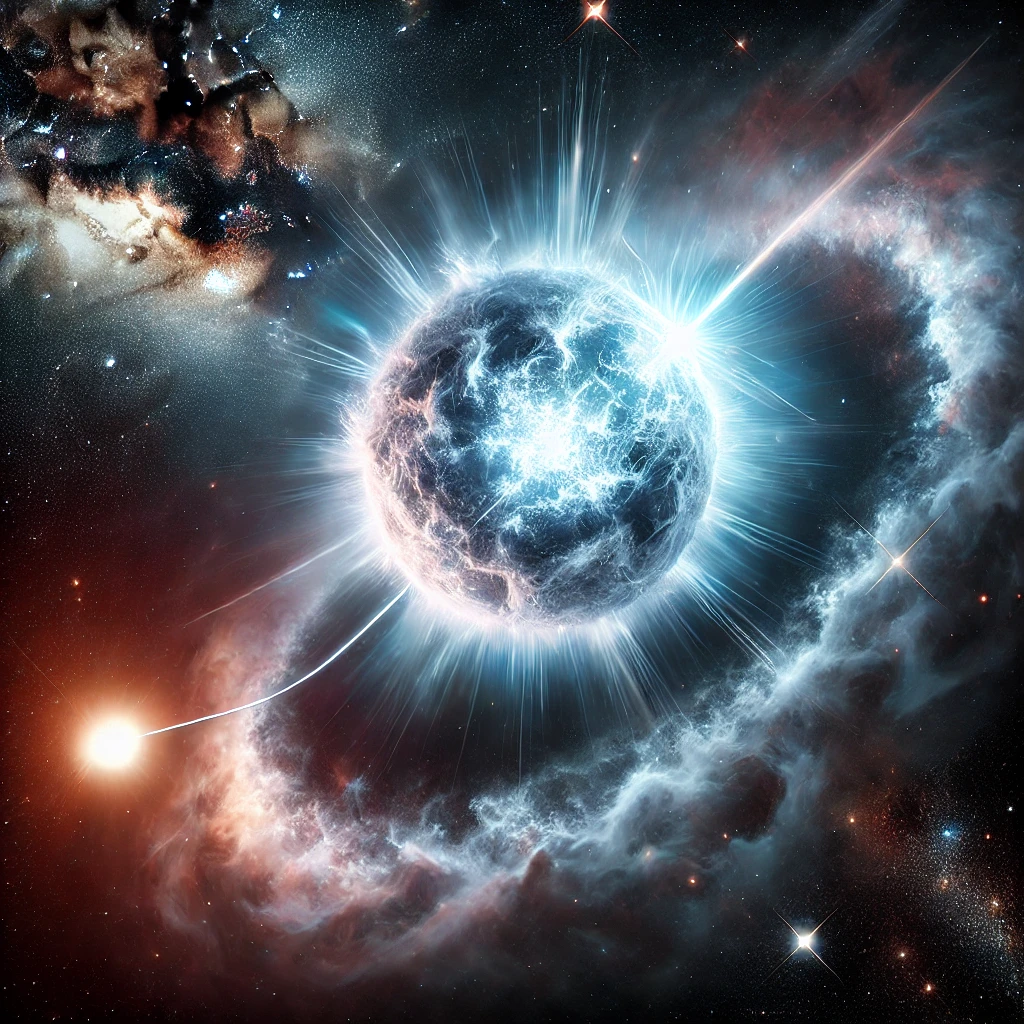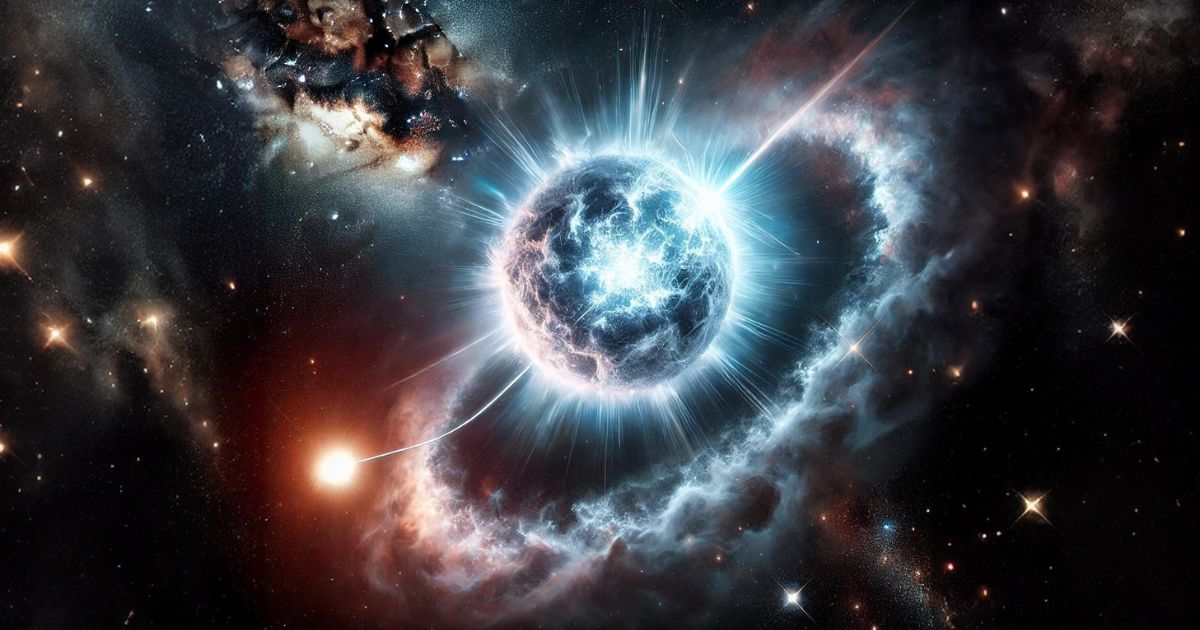The Milky Way has long intrigued scientists, holding secrets about cosmic phenomena that continue to inspire discovery. The latest breakthrough comes from researchers who have identified the fastest spinning neutron star within our galaxy, located in the Sagittarius constellation. Known as 4U 1820-30, this neutron star spins at an astonishing rate, giving scientists new insights into the extreme physics governing our universe.
What is a Neutron Star?
Neutron stars are the remnants of massive stars that have undergone supernova explosions. These celestial objects are incredibly dense, often no more than 12 kilometers across but carrying a mass greater than our Sun. The compact size and intense gravitational force make neutron stars fascinating research subjects.
Neutron stars form when a large star exhausts its nuclear fuel and collapses under its own gravity. This collapse causes the protons and electrons within the star to merge, creating a dense core composed primarily of neutrons. These remnants are among the densest observable objects in the cosmos.
Discovering the Fastest Spinning Neutron Star
A team of international researchers at DTU Space used NASA’s NICER X-ray telescope aboard the International Space Station to make this groundbreaking discovery. The telescope allowed the team to observe thermonuclear explosions on the neutron star’s surface, revealing oscillations that matched a spin rate of 716 times per second.
Located within an X-ray binary star system, 4U 1820-30 is paired with a white dwarf that orbits it every 11 minutes. This orbit is the shortest known among binary star systems, adding to the uniqueness of this system.

Thermonuclear bursts occur on the surface of a neutron star as it draws material from its companion star. When this accumulated material ignites, it results in a burst similar in force to an atomic bomb, causing the neutron star to briefly shine up to 100,000 times brighter than our Sun. During these bursts, oscillations reveal the neutron star’s spin rate.
Characteristics of 4U 1820-30
4U 1820-30’s Record Spin Rate
The spin rate of 716 times per second is unprecedented, making 4U 1820-30 one of the fastest-spinning objects observed in our galaxy. Such speed is close to the theoretical limit for neutron stars before they would break apart.
Location and Distance of 4U 1820-30
4U 1820-30 is located approximately 26,000 light-years from Earth, within the Sagittarius constellation near the galactic center. This distance means that any light we observe from this neutron star left 26,000 years ago.
Mass and Density
Despite being only about 12 kilometers in diameter, 4U 1820-30 has a mass roughly 1.4 times that of the Sun. This high density contributes to its extreme gravitational field, allowing it to draw material from its companion star in a binary system.
What Makes Neutron Stars So Dense?
Neutron stars are incredibly dense because they are composed almost entirely of neutrons, particles with no electric charge that pack together under enormous gravitational pressure. This density allows these stars to exhibit some of the most extreme properties in the universe.

The intense gravitational field around a neutron star enables it to draw in material from nearby stars. This material buildup eventually ignites in thermonuclear bursts, releasing vast amounts of energy.
The rapid spin of neutron stars is a result of the conservation of angular momentum. As a star collapses, it shrinks significantly, which speeds up its rotation, similar to how a figure skater spins faster when they pull their arms in.
NICER to Study 4U 1820-30
The NICER (Neutron Star Interior Composition Explorer) telescope is equipped with advanced star-tracking technology that helps it stay focused on distant neutron stars. Mounted on the International Space Station, NICER specializes in studying X-ray emissions from neutron stars.
NICER’s sensitivity allowed it to capture the unique oscillations of 4U 1820-30, which indicated the star’s extraordinary spin rate. The telescope’s data collection between 2017 and 2021 provided ample evidence of the star’s rapid rotation.
Observing neutron stars, especially those as distant as 4U 1820-30, is challenging due to the faintness of their signals. The use of X-ray telescopes like NICER is essential, as these stars emit most of their energy in X-rays.
Dr. Jaisawal, a senior scientist at DTU Space, led the research on 4U 1820-30, contributing significantly to the discovery. His work was crucial in identifying the oscillations that revealed the star’s spin rate.
DTU Space partnered with NASA to equip NICER with a star tracker system, enabling precise tracking of neutron stars throughout the Milky Way. This collaboration was essential for observing 4U 1820-30 in such detail.




